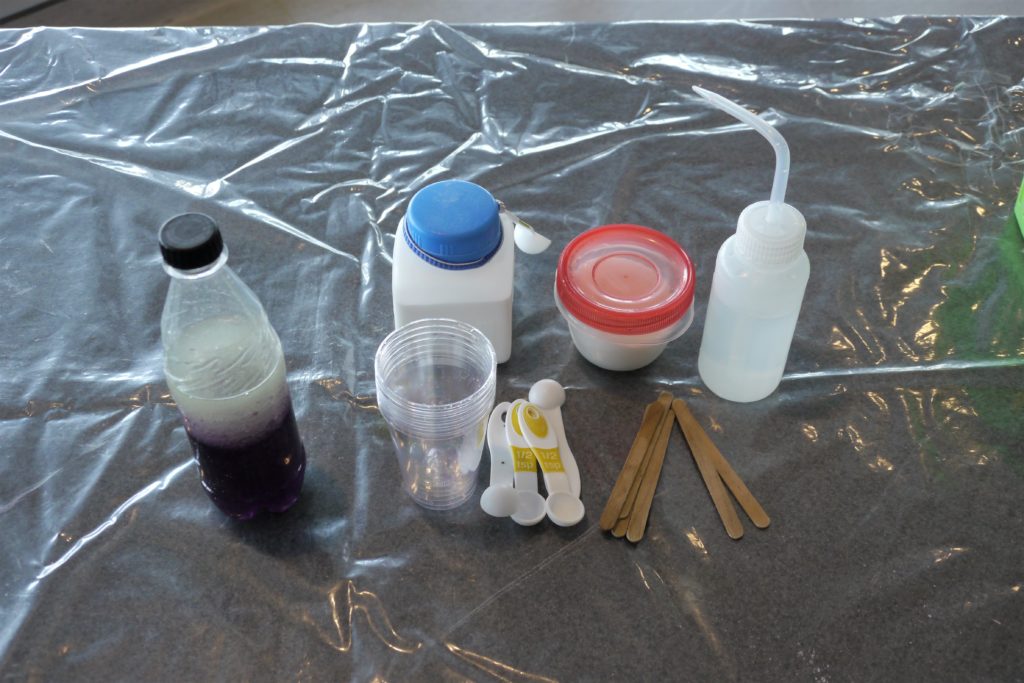There are three factors at play when it comes to drying clothes outside at any time of year – heat, humidity, and time.
In winter, you have less heat, so you need to optimize the other two factors. You'll need more time, but cold winter air holds less humidity. The liquid water evaporate out of your clothes and into the atmosphere, since substances naturally go from areas of high concentration (your clothes) to low concentration (the air). If there is a wind, this process is optimized by the flow of air , carrying off the humidity produced when the water in your clothes evaporates.
If it’s dry and cold outside, you might get freeze-dried clothes. What you think is frozen might actually turn out to be mostly dry, once you brush off the ice crystals. If it is cold and dry enough, there may be no ice, as the water may sublimate directly into gaseous water vapour.
One possible introduction: students are working in Antarctica and their parents are coming to visit. All the clothes that were shoved to the outside of the tent are now frozen — can you clean up fast enough?

